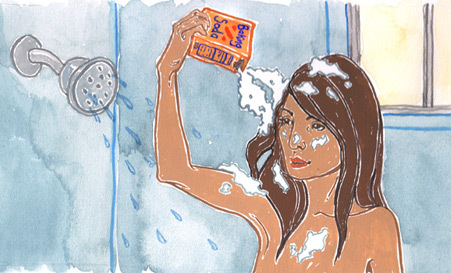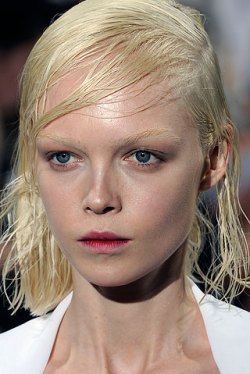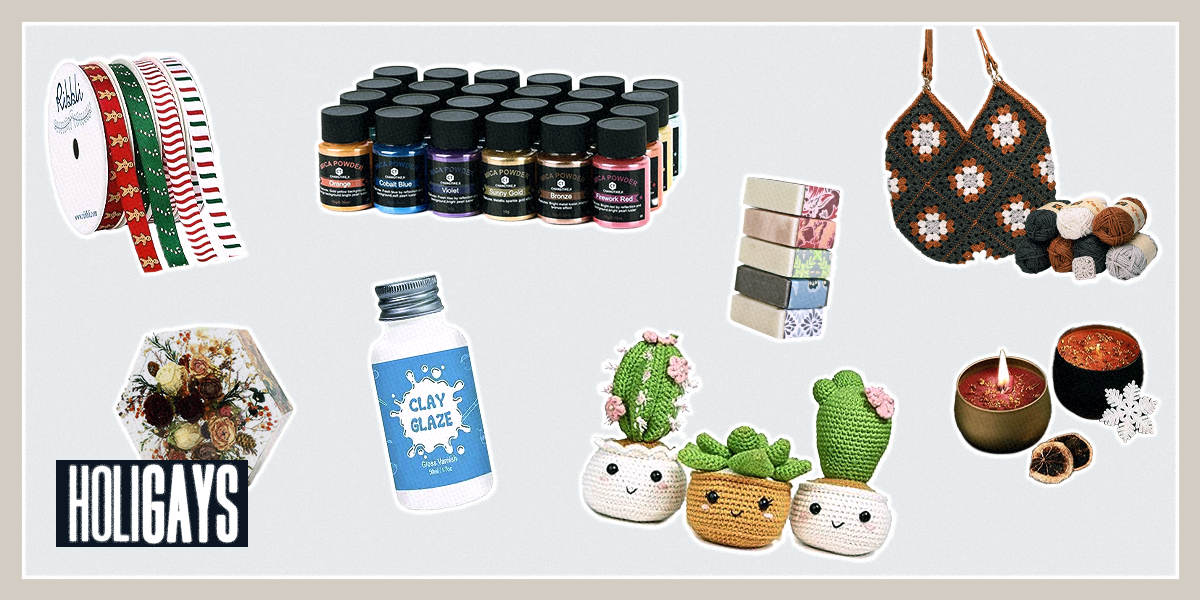Being unemployed is interesting. For one, you have a lot of time to think and thus develop (and research) new obsessions. You also have time to reevaluate where you’re throwing your money. This is what happened when I moved to Montreal and had to restock my bathroom with shampoo and styling products. Apparently my ‘poo of choice is hard to come by without shelling out a ton, so by the time I made it to my sixth pharmacy and fourth organics store all I could say was, “Fuckit!”
It’s been six latherless months, but I still smell great.
Among my friends, I am late to go shampoo-free. We are not (all) hippies. We do not stink. And some of us now have glamorous shiny locks worthy of Pantene commercials.

Everyone had a different reason for converting away from ‘poo. One dude wanted to stop sending sulfates down the drain. My other friend started her dreadlocks last summer and couldn’t really wash anymore. My roomie was frustrated with the frizz ball that is fine, curly hair and humidity. Another friend could only deal with so much indoor snow before he decided to take drastic measures.
I put off going shampoo-free for years because I relied on styling products to maintain my ‘do. It sounded so weird and I couldn’t fathom how mere baking soda and vinegar could cleanse my hair of wax and spray. When I looked at my account balance, spending a chunk of change on shampoos and styling products seemed equally odd, so ‘poo-free it was.
Since I was a latecomer, my friends had already established a routine through research, experimentation and failure. Although a lot of them have backgrounds in science-type studies, the conclusions are anecdotal. In fact, trying to find the science behind our techniques makes me cry over the lack of consensus. So if anyone is a trichologist or happens to have a degree in sebum science and wants to yay or nay this article, please do so in the comments.
The Change
You’ll have to forget certain definitions and routines you’re accustomed to. Shampoo no longer means that gel that lets you turn your hair into a foamy mohawk. Conditioner no longer means opaque hair lotion. Lather, rinse, repeat has been struck from your mantras.
Your main goal in going shampoo-less is learning to embrace the Grease Beast by letting your scalp find its own sebum (ie. hair oil) production balance. Most shampoos use foamy sulfates to remove grease and debris, which also strips the hair of its natural oils. This means you’ll need to use conditioners and styling products with silicones to mask the dried out state and make your hair manageable again. These silicones are sticky little jerks that will stay on your hair shaft until there’s something strong enough to remove it like, oh say, a sulfate.
Given that this is a neverending cycle, you may have to just cold turkey it. It will not be that bad, but it’s great to do this when you have a lot of alone time in case you do become a grease monster.

Shampooing
Shampoo is supposed to clean your hair of grease and grime. Unless you work in a coal mine or run a marathon through the desert, your hair doesn’t get that nasty. Your scalp secretes your hair oils, so you’ll want to focus your attention there. Baking soda works as an abrasive to exfoliate your scalp of sebum, dirt and dead skin cells.
Fill a resealable container with baking soda and enough water to form a paste. Don’t overthink the water — you just want to be able to get the baking soda from the container to your head without out dropping it all on the shower floor.
Wet your hair and scoop a small amount of baking soda paste onto your hair. Focus on the roots and use your fingertips to scrub your scalp in small circular motions to remove buildup. Rub some more baking soda throughout your strands and rinse thoroughly.
Conditioning
Conditioner is supposed to smooth your hair and make it more manageable. You want to create a conditioner that neutralizes any remaining baking soda and leaves your hair slightly acidic. A low pH rinse closes your hair cuticle which will make the shaft reflect more light and sit closer to one another.
Fill a bottle with a combination of apple cider vinegar and water. My roomie and I use a 1:3 ratio, but some suggest as strong as 1:1 to dilute as 1:6. Experiment to see what works best for you and your hair. Do NOT use it straight out of the bottle since you could burn your scalp if you have sensitive skin. I kinda sorta like you, so I don’t want you to get hurt!
Pour the rinse over your head and massage it through your hair. Make sure you coat all of your strands and let it sit for a minute as you do other shower things. Rinse your hair thoroughly. Be warned, your damp hair will smell faintly vinegary, but it will go away when it dries. If this bothers you try adding an essential oil.

Waiting
It takes time for your scalp to rebalance its oil production. Everyone is different, there’s no way around it. Hold off on shampooing until your hair feels unbearably greasy. On non-wash days, you can choose to rinse your hair with plain water or leave it the fuck alone. Your scalp will slowly readjust so your greasy days won’t feel so gross and your in-between days will be fantastic. Currently I’m shampooing my hair every five days and no one has attacked me with Febreeze.
If you really want to continue washing with store-bought shampoo and conditioner, try to limit it to once a week. Use silicone-free products so you don’t have to deal with build up. They’ll be more expensive than your normal shampoo, but you’ll be using them at a slower rate. Anecdotal evidence says continuous shampooing causes a prolonged grease phase, but some people like their suds.
Styling
Natural grease tends to be a great styling product. Brush your hair with a natural bristle brush to distribute the sebum from the roots to the tips. Your hair will tend to stick to itself giving you volume and oomf that you didn’t know existed. Plus you can use the money you saved on waxes, pomades and sprays to support sites that help you save money.
Add texture with a beach spray. Fill a spray bottle with a tsp of sea salt and a cup of lukewarm water. Spritz your locks to add texture, separation and definition. If you want to add a bit more crunch you can try adding coconut oil or gel to your bottle.
Use starch as a dry shampoo when you’re short on time or have a particularly gross day. Simply shake some (I recommend tapioca or rice starch instead of cornstarch) onto your roots and use your fingertips to rub it in. Let it sit for a few minutes, then brush it out. The starch will absorb the excess oil and give your hair volume. If you have lighter hair straight starch is easy, but if you’re on the darker end of the spectrum you may want to try a tinted concoction.
You’ll find that the natural oils will give your hair weight, body and sheen. Like a fine wine, your hair will improve a bit more each day you go shampoo-free. People will comment on your hair and ask your secret. You can flip your mane directly into their face, wink and coyly say, “I secreted it myself!”







